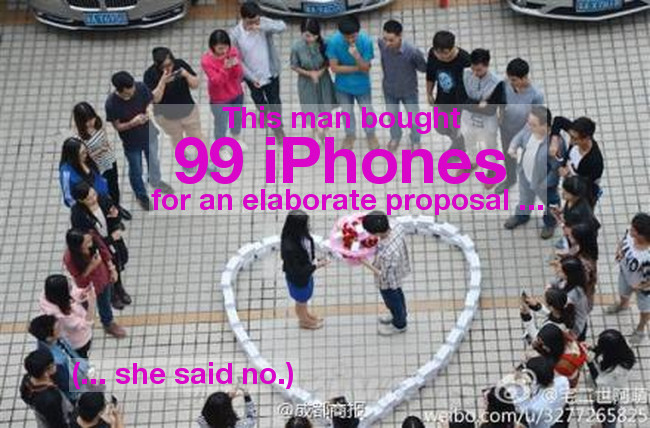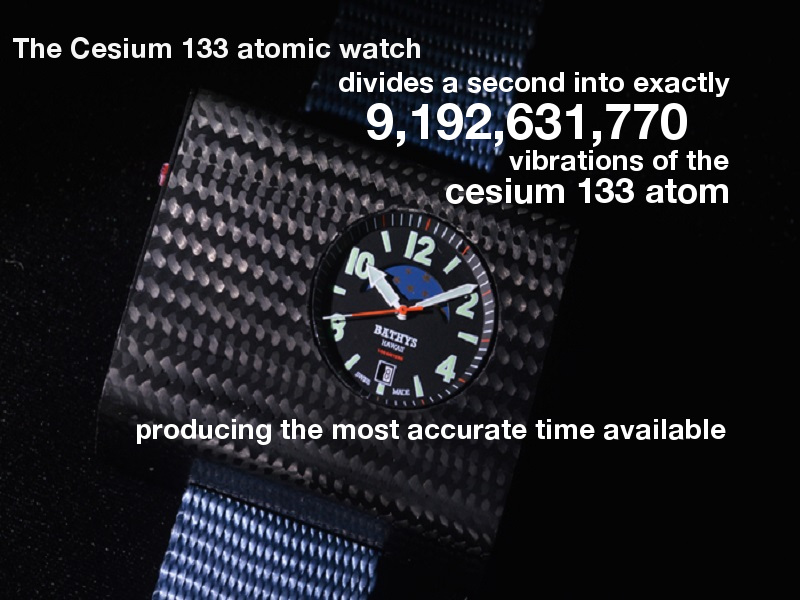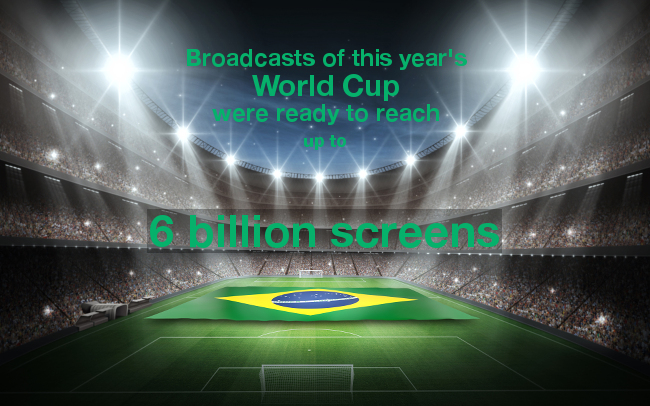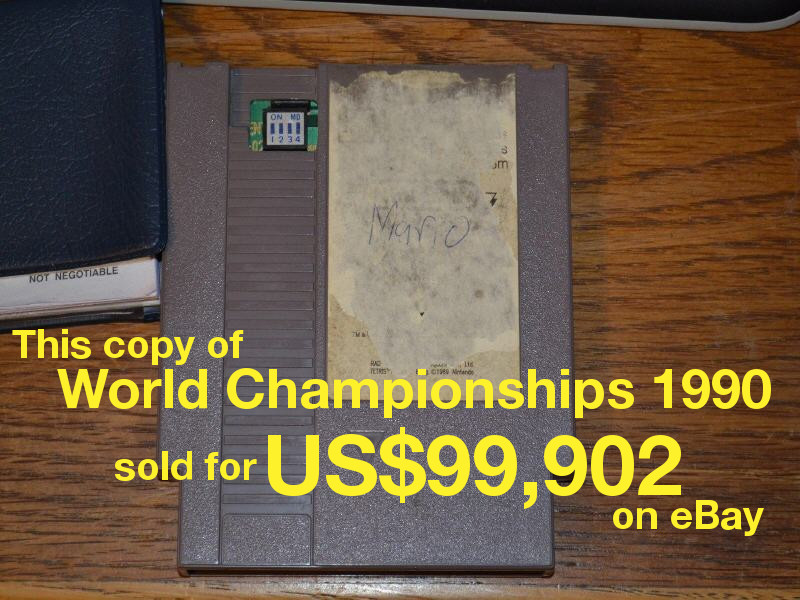Photo by Ciprian Stremtan via Shutterstock
Continuing our calculations of the year’s numerable milestones, we take stock of the record-breaking and noteworthy stats from the world of gadgets and gaming.
Achievements unlocked
This year has been a record-breaker for gaming. According to figures from Steam, more games were released in the first five months of 2014 than all of 2013 and Rockstar Games says more than 2.3bn hours were spent playing GTA Online in just one year.
We saw two religions spawned from an MMO game of Pokémon. We watched two fish play Street Fighter. A Minecraft player stunned us with a mega-city built from 4.5m blocks, and the Internet Arcade put 900 classic games online.
Meanwhile, Microsoft beat Sony in a race to release the first foreign games console in China since 2000, as sales of the Xbox One put the final nail in the coffin of a 14-year ban.
The cost of gaming
As popular as it is, gaming can be an expensive endeavour, as evidenced by some of 2014’s activities.
A beaten-up copy of Nintendo’s World Championships 1990 will set you back US$99,902 while the largest online battle in the history of the internet cost EVE Online players more than US$200,000 in real money.
Photo via muresan/eBay
But despite all this spending on old and new games, Steam claims 37pc of downloaded games are never played – much like the 3.5m unsold copies of the legendary E.T. Atari game unearthed in a landfill in New Mexico.
Plenty of money has been pumped into making games, too, with Activision Blizzard spending US$500m developing and promoting Destiny. Worth it, though, when the game averaged 3.2m players a day within a month of its release.
And gamers can make their money back, too, as a 2014 e-sports tournament broadcast to 20m viewers on ESPN saw the winners net US$10m in prizes.
Smartphone stats
In gadget-land, Gartner estimated in July that 2.4bn connected devices would be shipped in 2014, which includes smartphones, by far the most popular tech toy of the year.
In February, the number of smartphones being used in the world passed the 1bn mark for the first time. Almost 80pc of 18-34-year-old Irish internet users said they considered their smartphone their ‘most important screen’, and 40pc of children aged 9 to 16 and more than 60pc of teenagers in Ireland were found to be in possession of a smartphone.
And what are we using these must-have devices for? Well, 79pc of people use their phone to avoid talking to people.
In June, we learned that 57pc of consumers planned to buy a smartphone this year, and some 48pc of those would opt for a phablet. Lo and behold, Apple then dropped two new iPhones: the 4.7-inch iPhone 6 and the phablet-sized iPhone 6 Plus with a 5.5-inch Retina HD display.
Some 4m iPhone 6 and iPhone 6 Plus devices were bought by eager fans in first day pre-orders, and the iPhone 6 became Apple’s fastest-selling smartphone with more than 10m units sold in the first weekend of its release.

Photo via Weebo.com
Sadly for one Chinese man, all the iPhones in the world can’t buy you love – or, at least, 99 iPhone 6 smartphones arranged for a lush marriage proposal doesn’t guarantee a ‘yes’.
China’s Xiaomi had much more luck in the smartphone game this year, though, increasing sales of handsets by 271pc in one year. Its tablet game was just as strong, with 50,000 MiPads sold online in less than four minutes in July.
Pricey wearables
Sales of wearable devices were predicted to reach 10m in 2014, reaping US$3bn. This could only be helped by the high cost of Google Glass, which went on sale for US$1,500 in the US in April, only to sell out within hours.
Imagine the mark-up on these wearables, then, when it was revealed by IHS that Google Glass costs US$152.47 to make. We’ve yet to know what the cost of the much-anticipated Apple Watch will be, but it has been estimated at US$400 – which sounds like a steal when you hear that 10 people paid US$6,000 for the very first Cesium 133 prototype watches.
For that price, you get the early version of a chip-scale atomic clock that precisely divides a second into exactly 9,192,631,770 vibrations of the cesium 133 atom, producing the most accurate time available to science.

Photo via John Patterson PhD/Kickstarter
IoT and technology in the home
By 2020, the world’s population is expected to reach 7.6bn, while the number of internet-connected devices is expected to reach 50bn – which, if you’re keeping count, means the internet of things will measure 6.5 times the world population.
The internet of things (IoT) involves internet-connected objects such as a Bluetooth-activated Smart Bulb that can last for 10 years and it hit a mainstream stride in 2014, starting with Google’s US$3.2bn acquisition of smart-home devices-maker Nest Labs. Unfortunately, Nest had to recall 440,000 of its smart smoke alarms in May after a flaw that prevented the alarm from sounding was discovered.
IoT is also taking off in auto-tech, and it has been predicted that close to 90pc of new cars will have embedded wireless capabilities by 2024.
But while smart homes and smart cars are on the horizon, so too is Ultra-HD or 4K television, which was pulled into focus during this year’s World Cup.

Photo via EKS/Shutterstock
Global shipments of Ultra-HD TV panels passed the 1m milestone after a near-threefold increase from February to March. Broadcasts and streams of the international football tournament were ready to reach up to 6bn screens, including 4.7bn connected devices, and spectators in Rio de Janeiro were given the opportunity to watch on 65-inch 4K screens.
Computing by numbers
Moving forward in accordance with Moore’s Law, computing made advances in 2014 with products such as the world’s first 8 terabyte hard disk unveiled by Seagate and an even smaller, more energy-efficient Raspberry Pi computer board released at the low cost of US$20.
But while new computing power got better and cheaper, old models were raking it in on the auction block. A hand-built Apple-1 computer put together by Steve Jobs and Steve Wozniak themselves took in a final bid of US$905,000 in October.
The Apple-1 was from the Seventies, so it leaves one to wonder how much the Antikythera may have increased in value. As one of the earliest examples of what could be defined as a computer, the salvaged piece was revealed to be more than 100 years older than previously thought when it was dated to 205 BC.
.jpg)
Photo via Giovanni Dall Orto
Main numbers image by Ciprian Stremtan via Shutterstock
